How to clean a washing machine – and maximize its lifespan
Learning how to clean a washing machine will ensure it delivers its best results and lasts for longer, too


Knowing how to clean a washing machine is the best way to ensure it delivers optimal results when washing clothes, linens and more, keeping them fresh and odor free.
Besides the short-term benefits of fresher-smelling laundry, though, cleaning a washing machine is also an important maintenance task that'll help extend the life of the appliance at the center of your laundry room ideas, saving you the cost and hassle of purchasing a new one.
As far as chores go, cleaning your washing machine couldn't be easier, and our guide has all the details necessary to do the job.
How to clean a washing machine
When you think of cleaning a washing machine, you likely think about the drum, but there are a few different parts of the washing machine that need attention at regular intervals. Neglect them and mold, soap scum and limescale can build up, making it smelly and even resulting in blocked pipes.
‘Deep cleaning of a washing machine should be completed once a month to help remove any contaminants like mold spores and bacteria, residue inside, and mold growth. It also helps the machine operate at peak efficiency,’ says Michael Rubino, president of All American Restoration, and author of The Mold Medic: An Expert’s Guide on Mold Removal.
Use these cleaning tips to maintain a washing machine.
1. Run your machine on the hottest cycle
Many of us default to using the eco- or quick-wash settings on our washing machine, ignoring the hot wash, which will do much of the hard work of cleaning the washing machine drum for us.
To keep the drum fresh with minimal effort, get into the habit of running the empty machine on a hot wash cycle (140ºF/60ºC) every couple of weeks – without detergent which can cause a foamy build-up. You can be more efficient going forwards by ensuring you always wash bedding, for example, on a hot wash, assuming it can take the heat.
The aim of the hot wash is to kill germs – something we've all become more aware of since the pandemic – and these are causing the odors.
As an alternative, you can also run your machine’s 'clean' cycle if it has one, which will produce similar results. ‘Many new front loading machines have specific cleaning cycles that are usually ignored,’ says Wayne Edelman CEO of high end dry-cleaning service Meurice Garment Care, which specializes in interior and wardrobe cleaning services.
Using hot water to kill bacteria is safer than using bleach to clean your washing machine, as it limits wear and tear on the seals and drum.
2. How to clean a washing machine drum
If you're trying to get rid of washing machine odors, it is likely that this is where they are coming from. If the hot wash hasn't improved the odors emanating from your washing machine, try again, this time cleaning a washing machine with soda crystals.
Pour around 2 cups (500 ml) of washing soda into the drum before running an empty cycle.
Cleaning with soda crystals will not only kill germs and therefore nullify odors, but will also tackle the build up of limescale and soap residues that build up within the machine, often unseen.
Finally, to keep the drum bacteria-free after each wash, it is more than worth leaving the washing machine door open so that the drum can dry out, especially if you have a front-loader. After a couple of hours you can shut the door again until the next use.
3. How to clean a washing machine seal
Once you have cleaned the washing machine drum, turn to the seal – the malleable rubber part, just inside the washing machine door. This is where anything you have mistakenly put in your washing machine – coins, hair clips, debris – gathers, along with lint, fluff, washing detergent debris and water. And of course, over time, these can become moldy – and smelly.
Ideally, you ought to check the lower part of the seal after every wash to remove any sharp objects that could damage your washing machine. And, it is a wise move to run a soft, absorbent cloth around and inside the seal, too – this ensuring that, as you drag your laundry from the machine, it doesn't pick up the dirt within the seal.
Once done, turn to wash and wipe the inside of the washing machine door, too.
4. How to clean a washing machine detergent drawer
This is often the spot where laundry detergent residue builds up and, because the area remains damp, mold will begin to grow there, too.
The best course of action is to carefully remove the detergent drawer and soak it in hot, soapy water. If, when you rinse, the residue hasn't come loose, use a scrubbing brush or old toothbrush to remove it before rinsing again.
‘If there is any sign of mold use Clorox Clean-Up and a toothbrush to clean all,’ recommends Wayne Edelman.
While it's drying, inspect the drawer cavity – it's likely there will be laundry detergent residue and mold lurking there, too.
As you did with the drum door, leave the detergent drawer open to air as you empty the washing machine, closing it once it's dry.
Cut down on detergent, too – you can check how much you need per wash in your washing machine manual and it's often listed on washing detergent packaging. This will help cut down on residue build-up both in the drawer and the drum.
5. How to clean a washing machine filter
Ever wondered where your spare change went? It's probably been sent down to the debris filter of your washing machine, where it is gathering with lint, fluff, forgotten tissues and gunky residue.
The filter is in your washing machine to protect the pump – a job it can only do efficiently if it is cleaned regularly. However, if neglected, it can also suffer from germ build-up, which, of course, results in nasty smells.
Consult your user manual to find out how to remove the filter and clean it – it would be disastrous to damage it. Have a shallow bowl and towel ready on the floor beneath the filter door – it's likely, when you open it, that there will be a healthy dribble of water.
Again, while the filter is drying, wipe out the cavity to catch any residues inside.
6. Take a look at the water inlet hoses
It’s worth taking a look at the water inlet hoses periodically. ‘I always recommend inspecting the water inlet hoses for signs of cracking or corroding,’ says Wayne Edelman. ‘I have been called in by many insurance companies to clean up and repair damage caused by a burst hose.’
7. Check the washing machine drain outside
Ensure any drains outside that your washing machine pump feeds are clean and clear of debris – it may be that a back-up from outside of your home is what you can smell indoors.
How do I deep clean my washing machine?
Ideally a washing machine should be cleaned every other week – but with an efficient deep clean and good habits – such as leaving the door to the drum open between washes – does mean that you can clean it less regularly.
As we advised above, a washing machine deep clean is best done with an empty washing machine and a hot cycle. Add washing soda or a couple of cups of baking soda directly into the drum to remove residue, combat limescale and tackle odors – then run a second hot wash to rinse out the washing machine.
How do you clean a smelly washing machine?
If the washing soda hasn't tackled the bad odors, a smelly washing machine can be cleaned with washing machine cleaners that you can pick up at the supermarket. Plant-based, concentrated cleaners are often the strongest and most effective.
If you prefer a natural option, you can use vinegar – but do check your washing machine's warranty to check this won't invalidate it as some manufacturers do not recommend it. Either way, we wouldn't recommend doing this too often as the vinegar will, if used regularly over time, damage the rubber seals.
If you are happy to go ahead as a one-off, tip two cups of white vinegar into the washing machine drum, then run a hot cycle with an empty machine.
If this doesn't work, try again, this time adding baking soda to the vinegar.
Can you clean a washing machine with household bleach?
You can clean a washing machine with bleach – although, again, do check your warranty. However, sodium percarbonate – 'laundry bleach' or 'oxygen bleach' – is a safer choice than household bleach – but stronger than using baking soda alone.
The best way to tackle washing machine smells with bleach is to put half a cup into the drum and half a cup into your machine's detergent drawer.
Run on a hot wash – empty, of course – and, if you are able to, pause the cycle when the drum is full of water, then leave for at least an hour to soak. Unpause the cycle and, when it's finished, run an empty hot wash again to ensure the bleach is removed.
Finally, wipe the seals and drawer carefully to remove any traces of bleach and – to be on the safe side, only wash whites for the next couple of washes (bedlinen is ideal) to ensure no bleach residue damages darker items.
Next, learn stop a washer from shaking to keep your applaince in working order for longer.
Sign up to the Homes & Gardens newsletter
Design expertise in your inbox – from inspiring decorating ideas and beautiful celebrity homes to practical gardening advice and shopping round-ups.

Lucy Searle has written about interiors, property and gardens since 1990, working her way around the interiors departments of women's magazines before switching to interiors-only titles in the mid-nineties. She was Associate Editor on Ideal Home, and Launch Editor of 4Homes magazine, before moving into digital in 2007, launching Channel 4's flagship website, Channel4.com/4homes. In 2018, Lucy took on the role of Global Editor in Chief for Realhomes.com, taking the site from a small magazine add-on to a global success. She was asked to repeat that success at Homes & Gardens, where she has also taken on the editorship of the magazine.
-
 It’s a concept straight out of a fashionista's playbook, but I used the Sandwich Method to organize my kitchen shelves – it’s never looked sleeker
It’s a concept straight out of a fashionista's playbook, but I used the Sandwich Method to organize my kitchen shelves – it’s never looked sleekerIt transformed messy to mesmerizing in a matter of seconds
By Punteha van Terheyden Published
-
 The moody kitchen in this Victorian home has the most unique wall design I've ever seen – it's the perfect way to bring an elegant, aged feel to the space
The moody kitchen in this Victorian home has the most unique wall design I've ever seen – it's the perfect way to bring an elegant, aged feel to the spaceThe hand-painted feature has brought a sense of history and patina back into the remodeled kitchen
By Molly Malsom Published
-
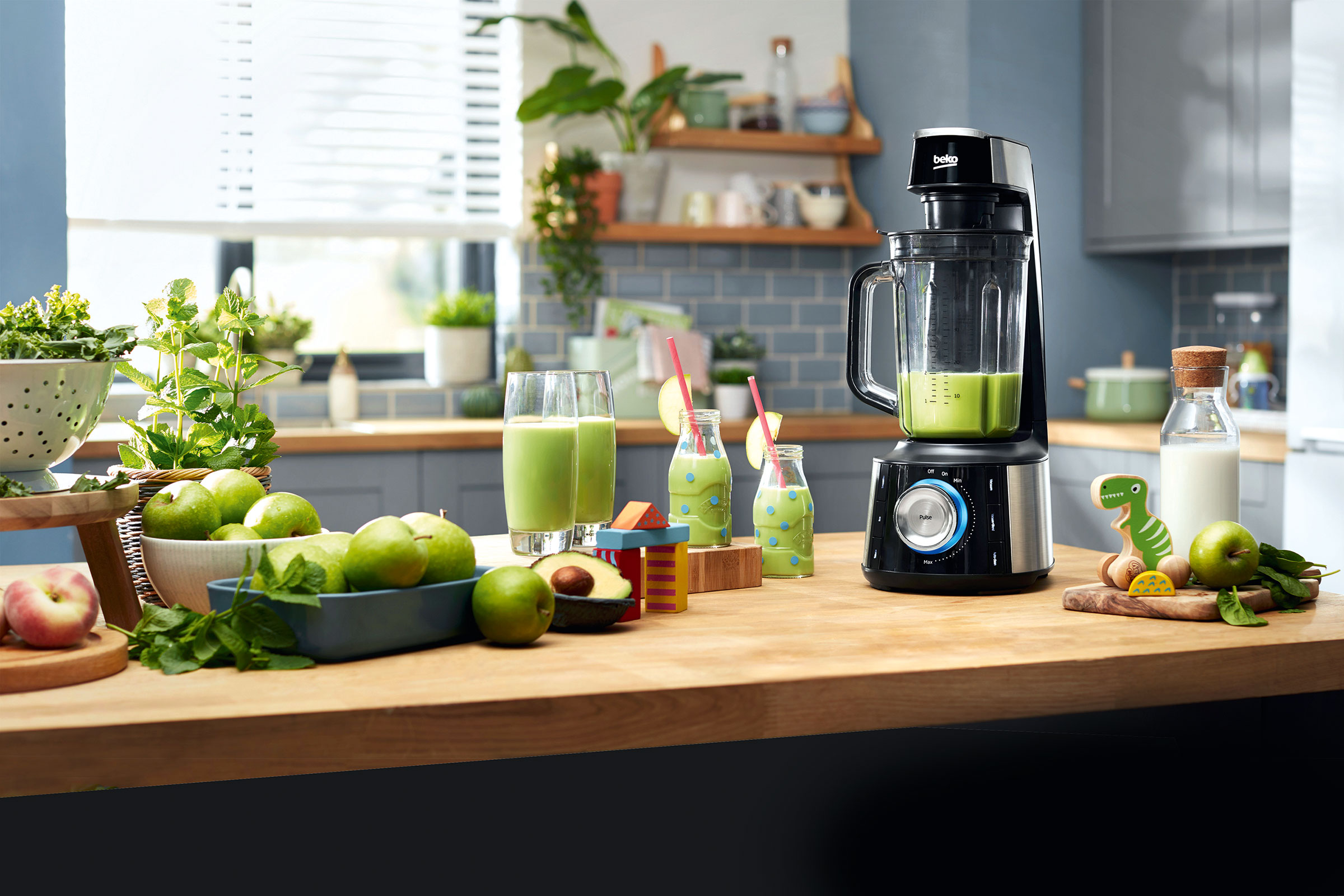 How to clean a blender – keep it hygienic and make it last
How to clean a blender – keep it hygienic and make it lastIt’s a hard-working kitchen appliance, so find out how to clean a blender with our guide
By Linda Clayton Published
-
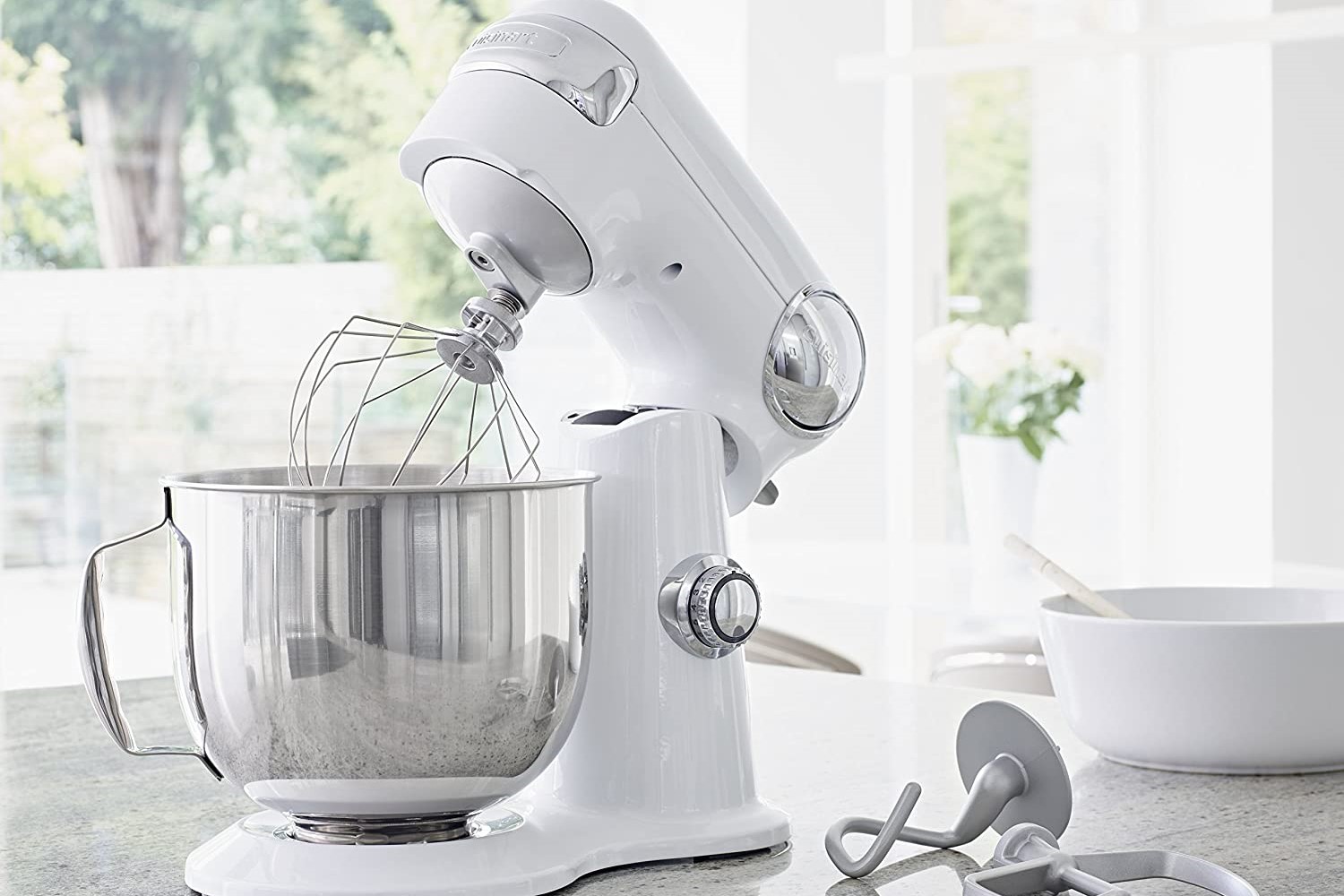 How to clean a stand mixer – 5 simple steps to streak-free shine
How to clean a stand mixer – 5 simple steps to streak-free shineWondering how to clean a stand mixer? We've condensed the process into 5 simple steps. Here is everything you need to know...
By Millie Fender Published
-
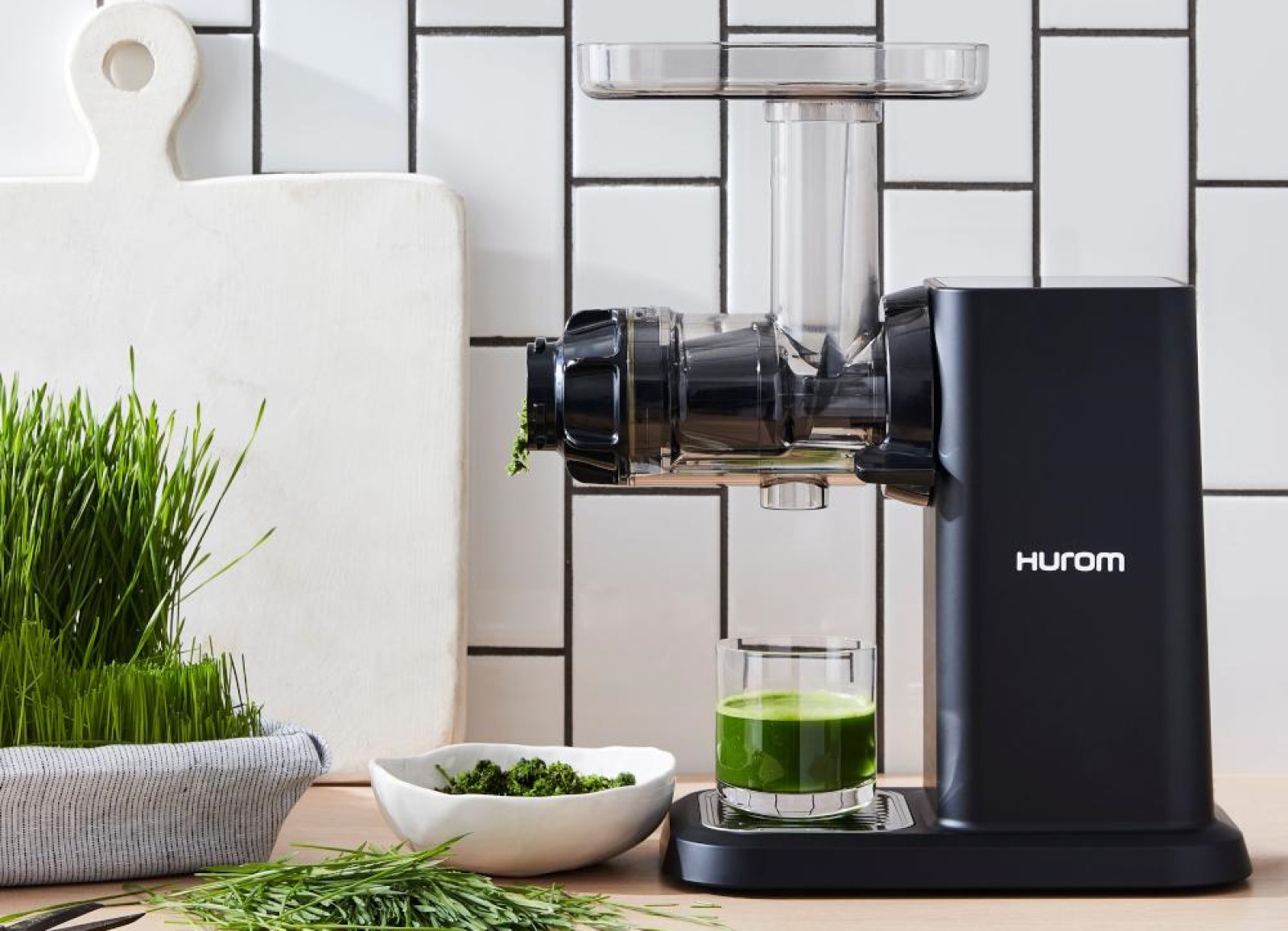 How to clean a juicer – 5 tips to make juicing clean and easy
How to clean a juicer – 5 tips to make juicing clean and easyIncluding advice for centrifugal and cold press juicers, here is how to clean a juicer
By Millie Fender Last updated
-
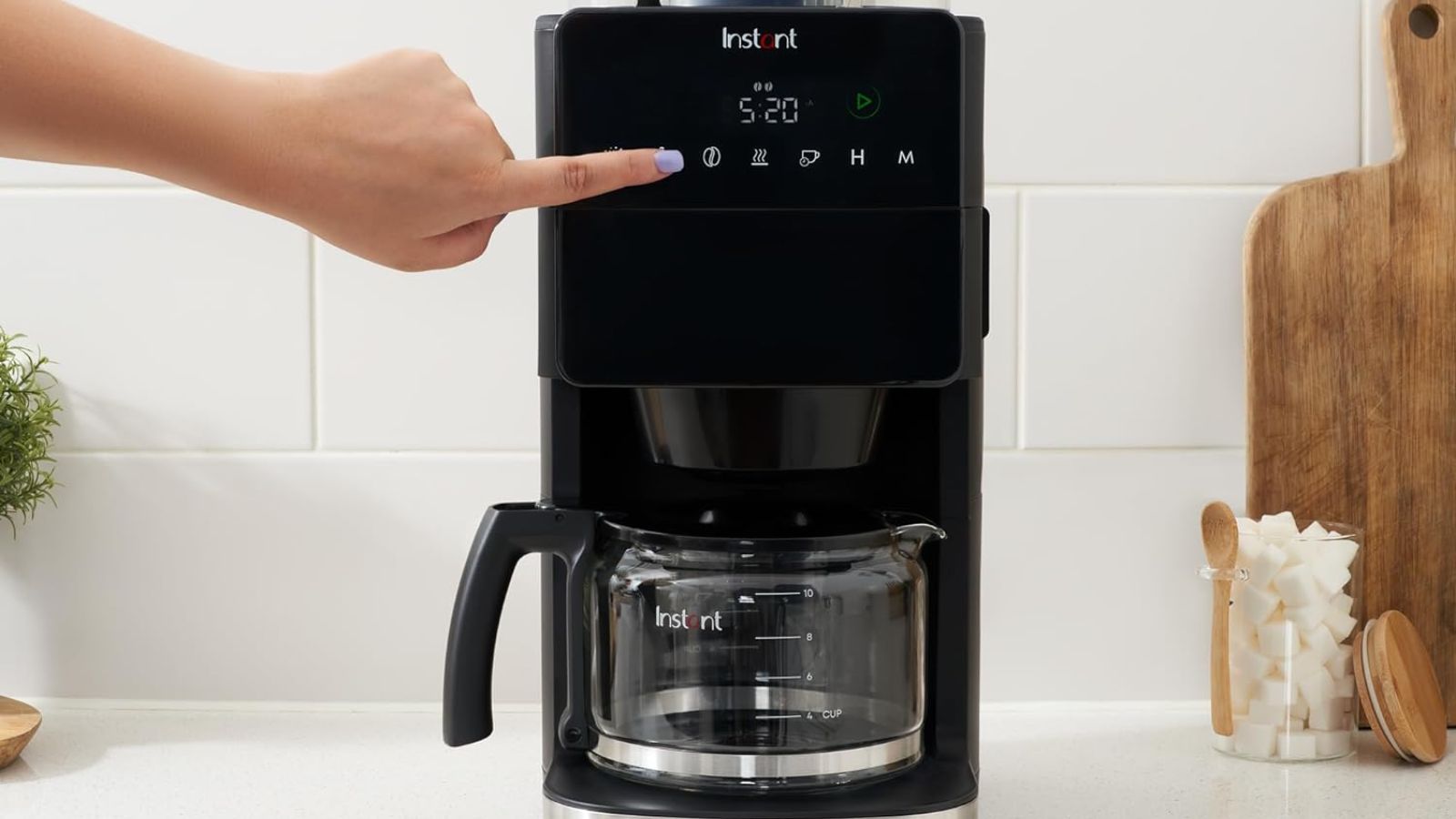 How to clean a coffee maker – and why you shouldn't use vinegar
How to clean a coffee maker – and why you shouldn't use vinegarThis is when and how to clean a coffee maker for the best-tasting brews, and why vinegar can damage your machine
By Ruth Doherty Last updated
-
 Using white vinegar in laundry – to deodorize and brighten clothes quickly
Using white vinegar in laundry – to deodorize and brighten clothes quicklyThinking of using white vinegar in laundry? This simple ingredient will leave you with soft, odorless clothes, instantly
By Megan Slack Published
-
 How to clean a stainless steel sink – 5 steps to a streak-free shine
How to clean a stainless steel sink – 5 steps to a streak-free shineDiscover how to clean a stainless steel sink so it sparkles like it’s brand new
By Sarah Warwick Published
-
 How to clean a microwave – easy ways to get it spotless with vinegar, lemon and more
How to clean a microwave – easy ways to get it spotless with vinegar, lemon and moreDiscover the experts’ advice on how to clean a microwave and rid it of debris, splashes, and lingering odors
By Sarah Warwick Last updated
-
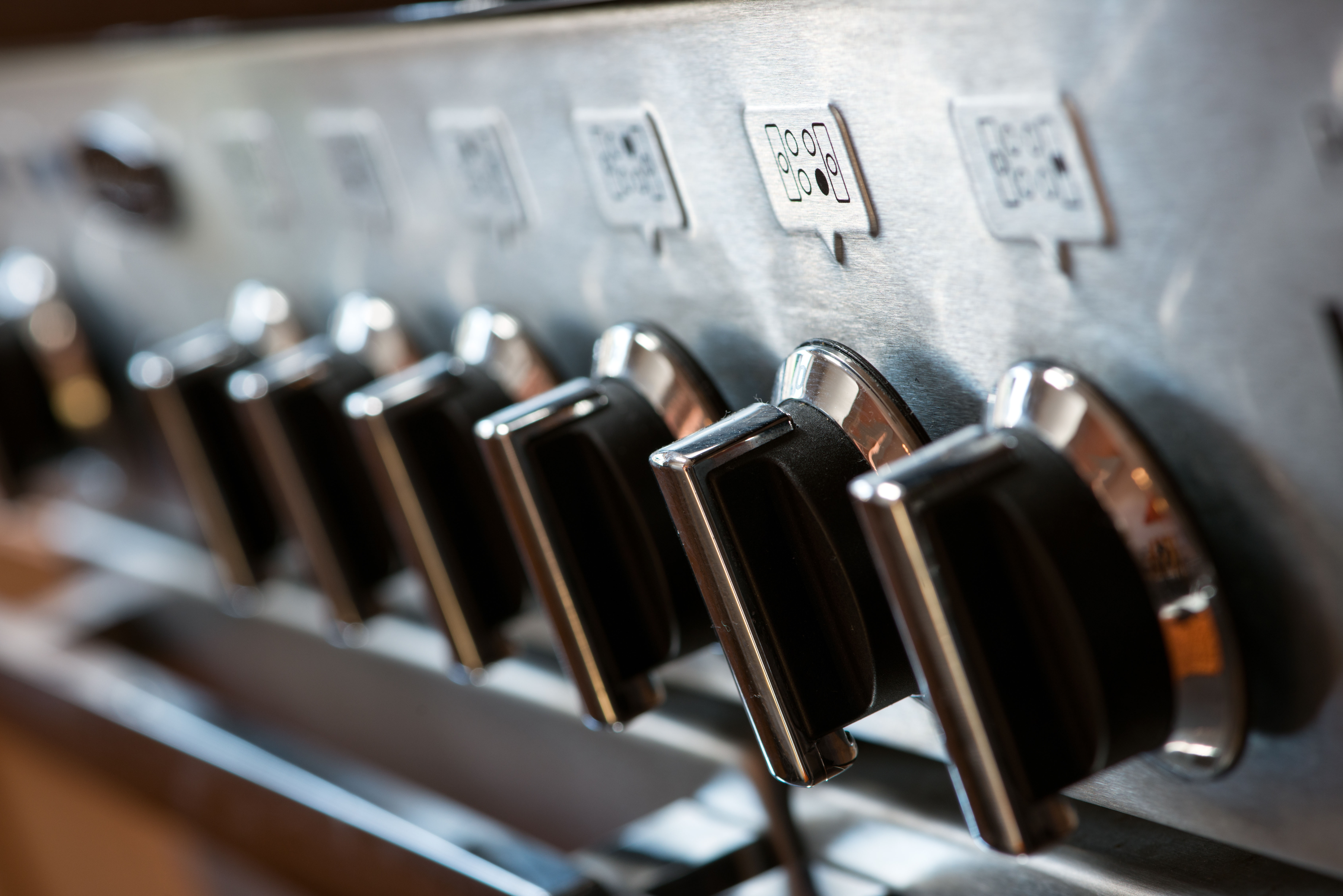 How to clean an oven – an expert guide
How to clean an oven – an expert guideCleaning an oven needn't require chemicals – it's a job that can be tackled with baking soda, lemon juice and even steam. Here, we take you through all the easiest methods
By Ginevra Benedetti Published